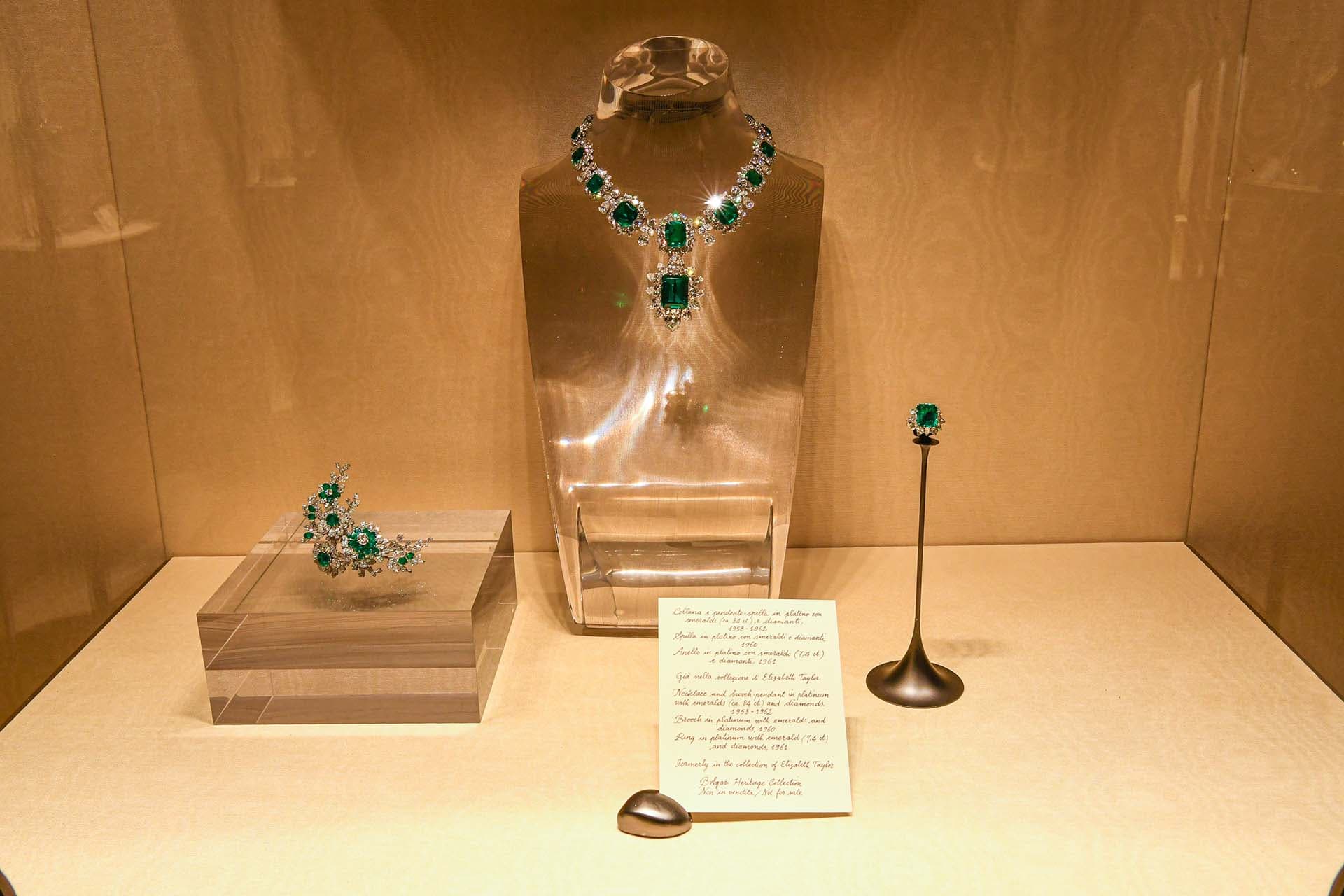“For Romagnoli, love of food is in the blood,” says Claudio Di Bernardo, executive chef of La Dolce Vita restaurant at Grand Hotel Rimini. Although born in Abruzzo, he has been an advocate of Romagna’s cuisine since he began his career there in 1989.
Given that it is home to produce such as Parmigiano Reggiano, brands including Barilla, and FICO, the world’s first food-themed amusement park, it would be easy to assume better-known Emilia is the culinary heartland of Emilia-Romagna. Yet Romagna, which spans the south east of the region from the Apennines to the Adriatic, has its own generous serving of culinary clout.
The cradle of Italian cuisine
Di Bernardo is well placed to comment on the area’s cuisine. His creative fine dining plates are laced with nostalgia and have their roots in recipes passed down for generations. “In Romagna there’s a local saying, ‘nobody beats mother's tagliatelle'. Everything is homemade,” he says.
Romagna’s most famous son is Pellegrino Artusi, author of the defining recipe collection ‘La Scienza in Cucina e l’Arte di Mangiar Bene’ (Science in the Kitchen and the Art of Eating Well) which was published in 1891, two decades after Italy’s unification. The first to gather traditional recipes from all 20 of Italy’s regions, the book was so influential that Artusi is considered the father of Italian cuisine. This tome of 790 classic recipes can still be found in most kitchens, including Claudio’s.

A love letter to landscape
“The great seafood of the Adriatic is the real element that distinguishes Romagna’s cuisine from Emilia’s,” reflects Di Bernardo. “I’m a fan of poveracce (Adriatic clams) which open in the heat of a pan and are perfect with a drizzle of olive oil, parsley and white wine.”
As well as the sparkling blue of the Adriatic, Romagna is bordered by the forested Apennine Mountains, famed for game such as boar – cured and used in rich ragus – and white truffles. Thanks to their slow drainage and high salt content, the plains south of the Po River nurture Riso Del Delta del Po, a protein-rich rice used in dishes such as artichoke risotto.
The hills that roll from the Rimini and Riccione coastlines to east of Bologna ensure the region is no slouch in the wine department either. Di Bernardo highlights Sangiovese as a firm favourite but there are plenty of lesser-known grapes to try including Albana, a tannin-heavy white with a honey hue.
The story behind the star ingredients
Biting into a juicy peach is one of the great delights of an Italian summer and Romagna has made a fascinating contribution to the story of this sun-drenched fruit. The countryside around Ravenna is rich with fragrant orchards and indeed the province was one of the first to introduce industrial fruit farming in the 1800s.
Today, more than 50 per cent of Italian nectarines and 20 per cent of peaches are grown in Ferrara, Bologna, Ravenna, Forlì-Cesena and Rimini. The Pesche di Romagna and Nectarine di Romagna, born from crossbreeding yellow and white fleshed fruit, obtained PGI recognition in 1998.
Di Bernardo is particularly passionate about Romagna’s dairy products including Pecorino di Fossa, a semi-hard cheese that was granted PDO status in 2005. Tradition has it that it began when farmers hid their food underground during the Saracen pirate raids of the 12th century.
How to plan a gourmet trip in Romagna
Romagna’s culinary calendar is packed with events year round. Highlights include August’s Taste of Salt, which sees the streets of Cervia transformed into a temple of all things saline, and October’s White Truffle National Trade Fair in Sant’Agata Feltria.
The Via Emilia from Rimini to Piacenza – completed by the Roman consul Marcus Aemilius Lepidus in 187BC – practically cries out for a road trip, passing by medieval villages and romantic Renaissance gardens, as well as the farms and vineyards where 44 PDO/IGP products are produced.
Like the most memorable meals, a trip to Emilia Romagna is best savoured at a leisurely pace. As Di Bernardo observes: “This region is a sort of Land of Cockaigne. It’s hard to comprehend this many world-famous flavours were born and are still crafted along just 250 kilometres (155 miles) of road.”










